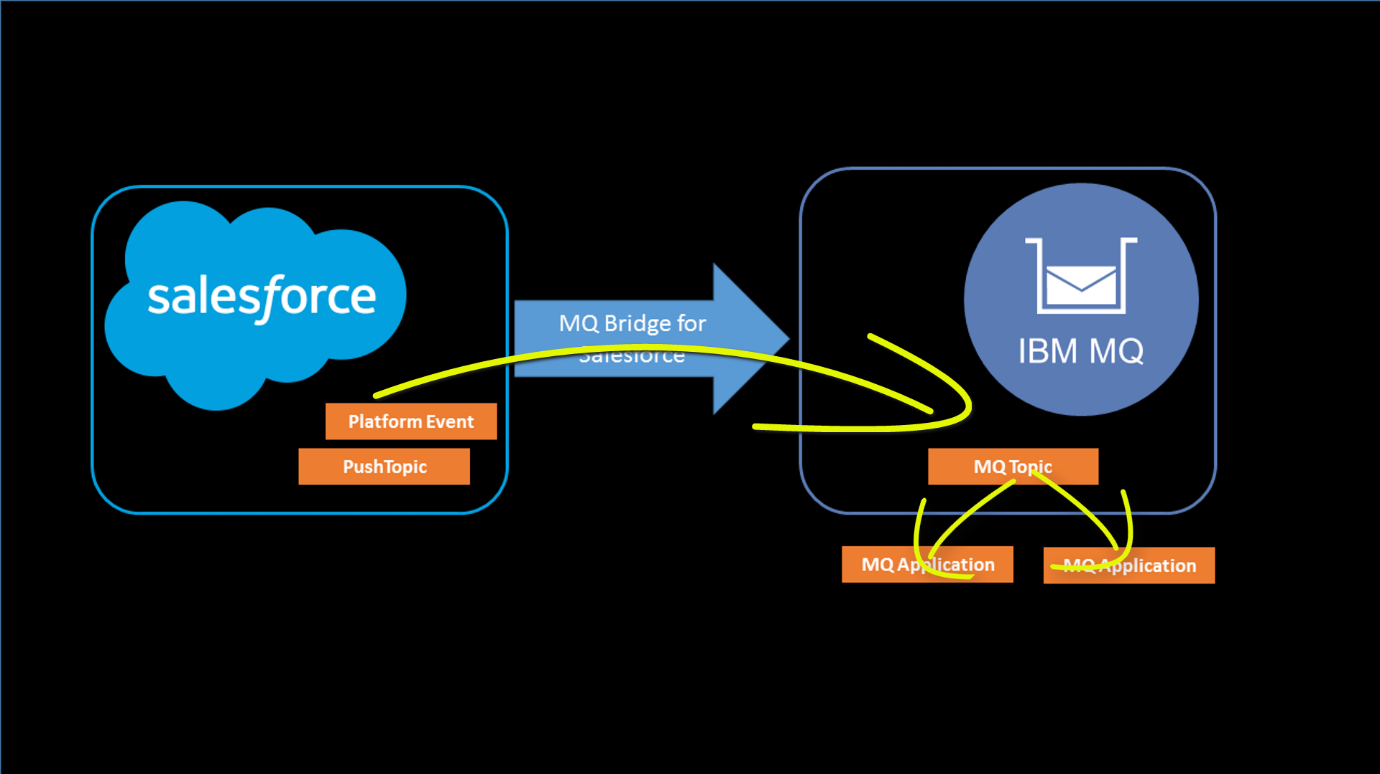On z/OS, MQ produces a lot of information about its usage through SMF records. One tool I published on GitHub a couple of years ago was designed to take collected SMF data and process it into a more consumable format. The goal was to create something that did nothing more than format the data, rather than try to analyse it in the manner of SupportPac MP1B. The analysis would be done using independent tools.
The comma-separated-value format is ideal for importing into spreadsheets and databases. Many of our z/OS customers have been helped by reports created from their data, and analysed through SQL queries.
While I didn’t write about it in a blog post then, I did publish a short video showing it in action. And since the original release, I’ve made regular updates to the code. Mostly these have been to simplify the SQL processing.
I’ve now updated the program to give a further output format option. It is intended to make it easy to feed SMF information to other analytics tools, many of which work with JSON structures. Other aspects of MQ administration can now be done with JSON-format data – the error logs on Distributed platforms, an event formatter (which is also available in MQ V9.0.5), the REST APIs for administration and messaging – and this is one further piece of a consistent story.
Read more about formatting MQ SMF as JSON
This post was last updated on November 25th, 2019 at 09:48 am


